Inspiration can can come from many sources. When my wife found a photo of an Argus Argoflex at an antique shop and gave it to me for my Christmas present, little did she know that would inspire me to expand my camera bag and enter the world of medium format film photography.
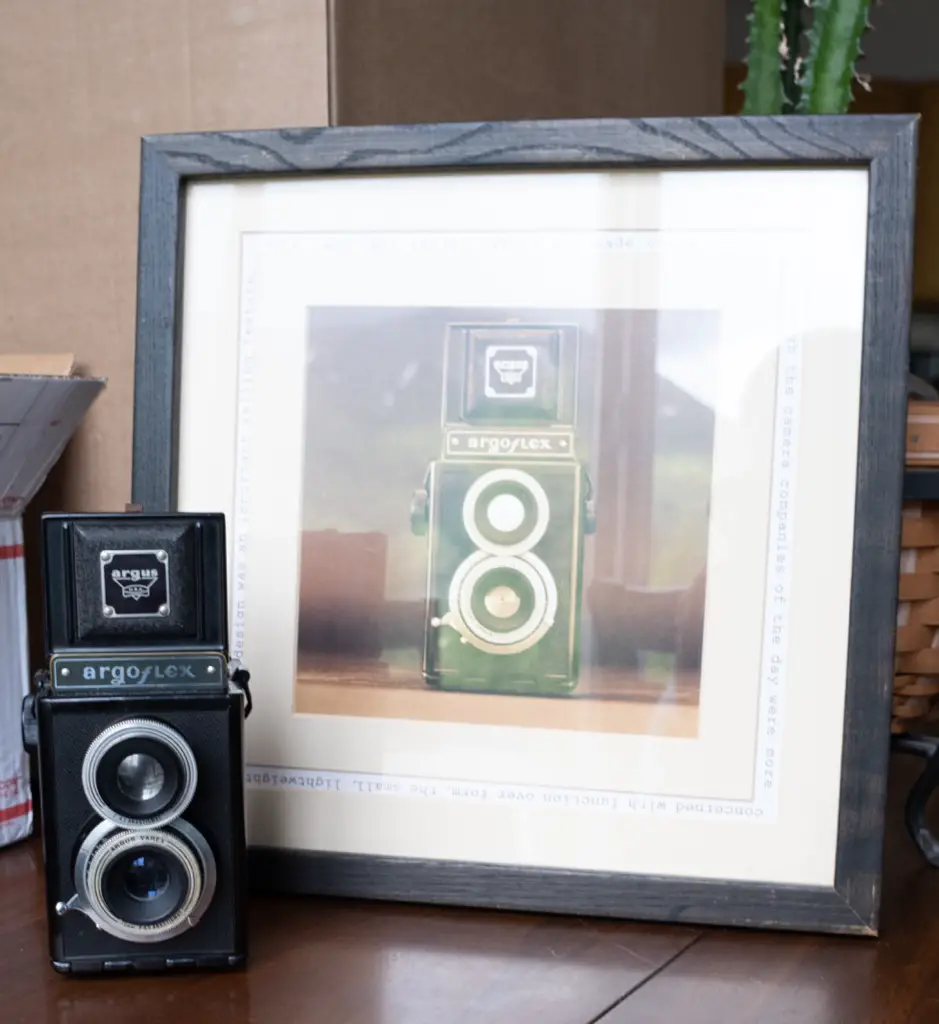
To be fair, I had been wanting to get into medium format for a while. The larger film, wide assortment of cameras, and the ability to shoot film stocks only offered on 120 genuinely intrigued me. Fast forward to Christmas and me opening my gifts and getting the picture of the Argoflex. I think the first words out of my mouth were “This means I get to buy this camera, right?!” I had only heard of the big names in TLR’s (Mamiya, Yashica, Rolleiflex, etc.) and knew they carried big price tags. While researching the Argoflex I found many could be bought for under $75, but I also learned that their quality wasn’t that of the newer, more professional TLRs. For a guy with a limited budget just starting out in film photography, this medium format circa 1940’s camera was just right for me. Eventually a camera I had been following on eBay dropped from $65 down to $40, and at that point I couldn’t pass it up.
The Argus Argoflex was among one of the earlier TLRs and therefore is about as basic as they can be. Higher apertures (4.5, 6.3, 9, 12.7, 18) coupled with an odd set of mechanical shutter speeds (1/200, 1/100,1/50, 1/25, 1/10, T, B) are applied to its 75mm lens. Many models were made for 620, not 120 film. My model accepted the 120 spool just fine, despite the label saying only to use 620. There’s no exposure counter, it’s a fully manual winding, and you have to rely on using the view glass on the rear of the box to know what frame you were on. I did not exactly master this skill, and as such I had some double exposures.
For my first roll through this camera I opted for Portra 400. It’s a dependable film stock that produces beautiful colors and at 400 iso, I had flexibility with the relatively slow max shutter speed of 1/200. I used the Nossaflex app to meter and record my shots (I’d recommend Analog Memo for Android users). Sure enough the metering and settings provided exposures that I think were pretty close to reality.
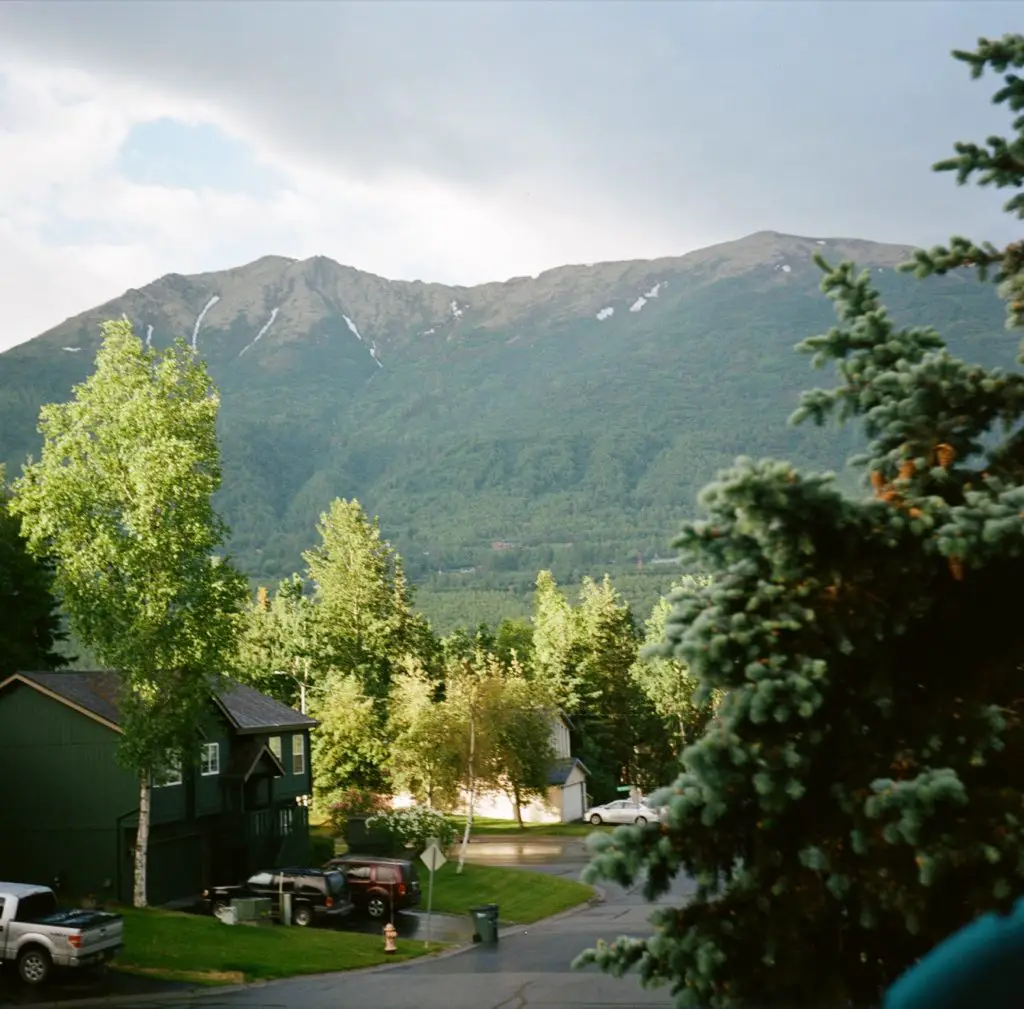
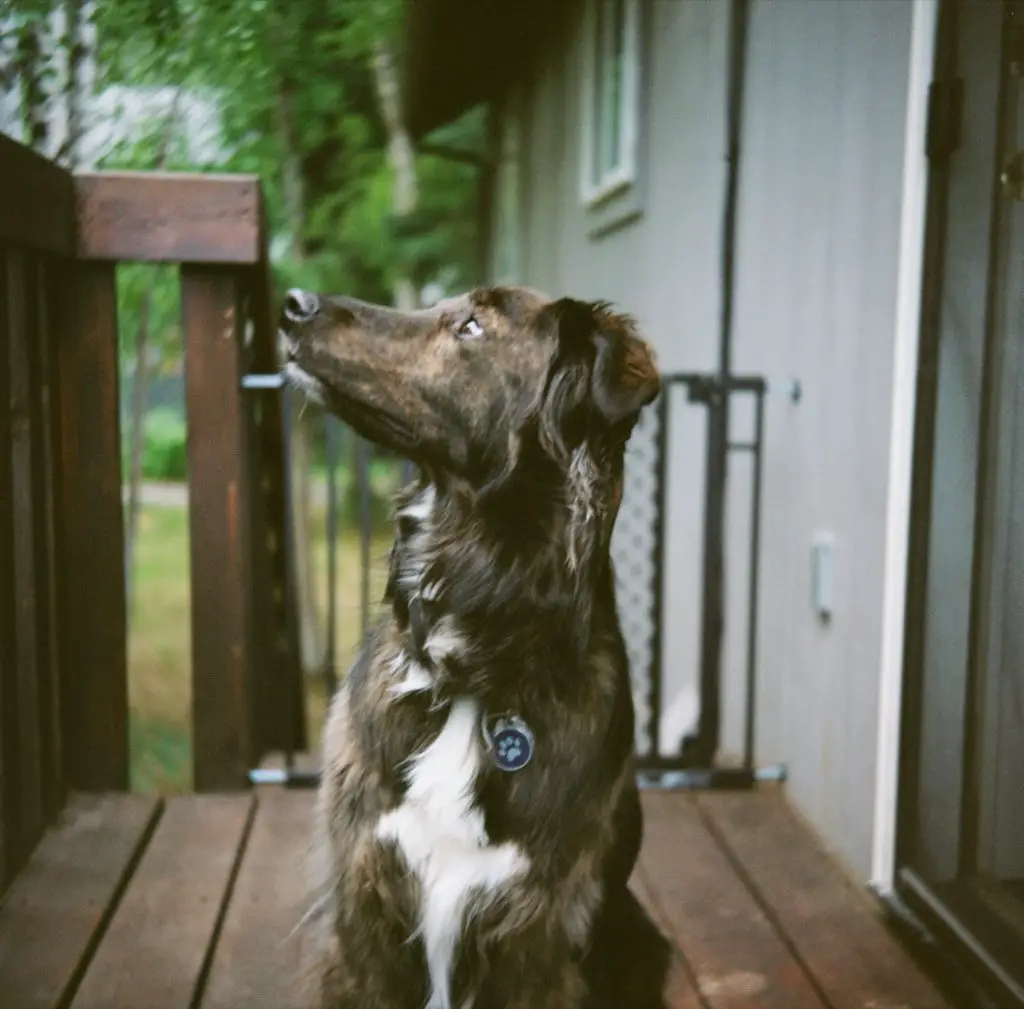
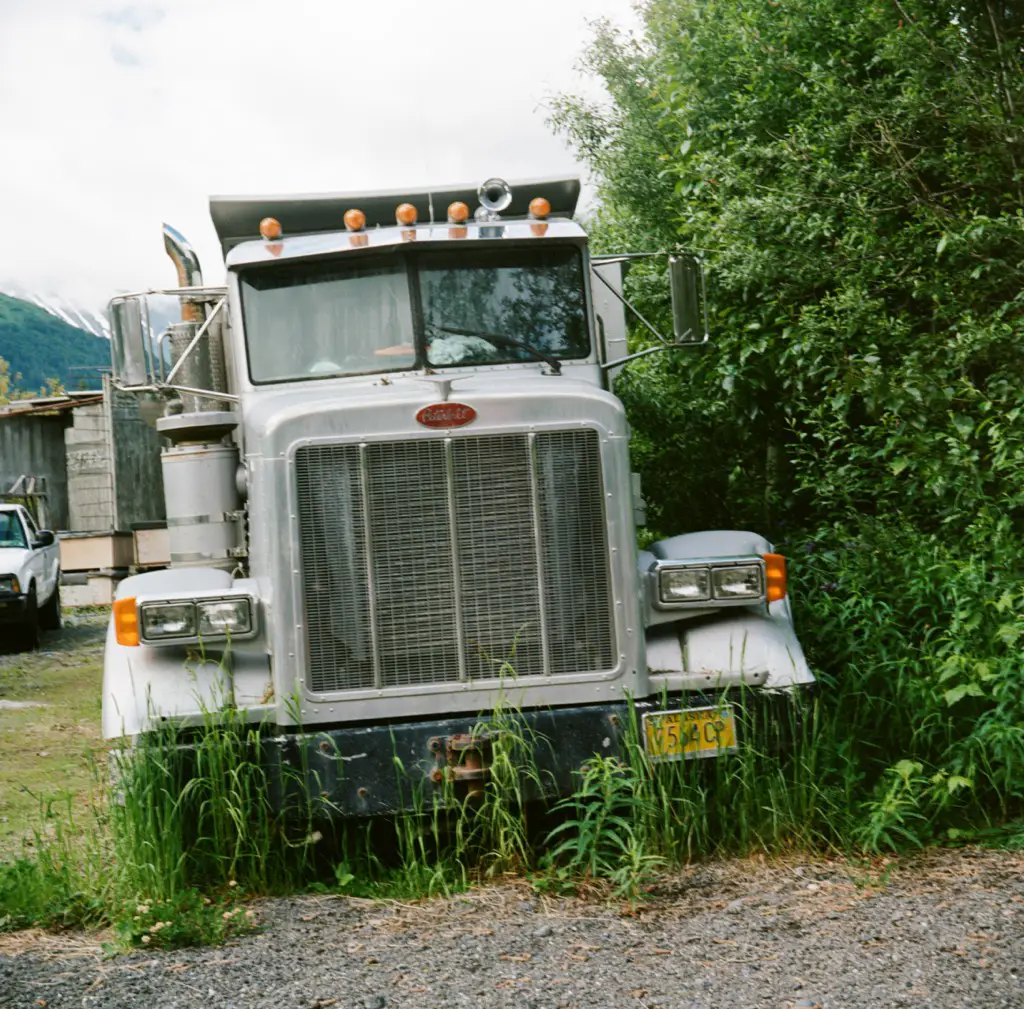
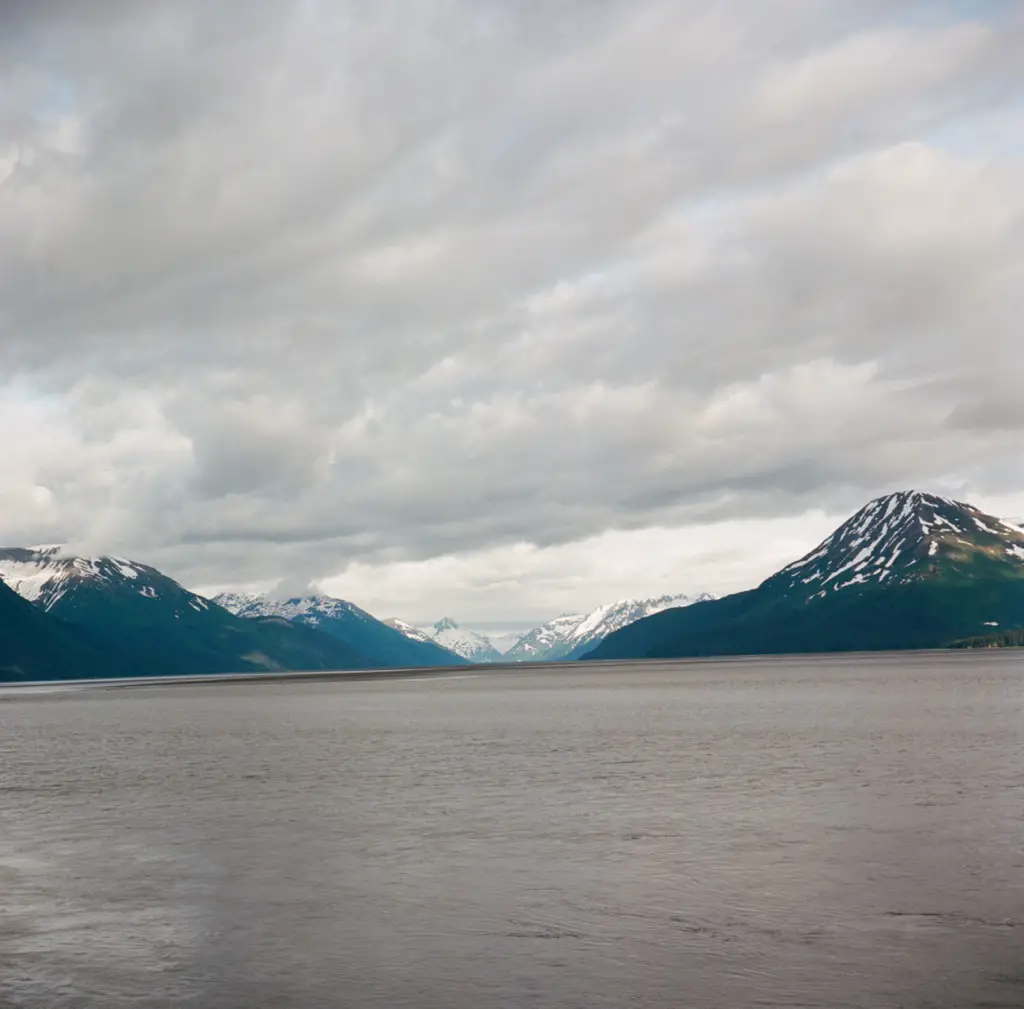
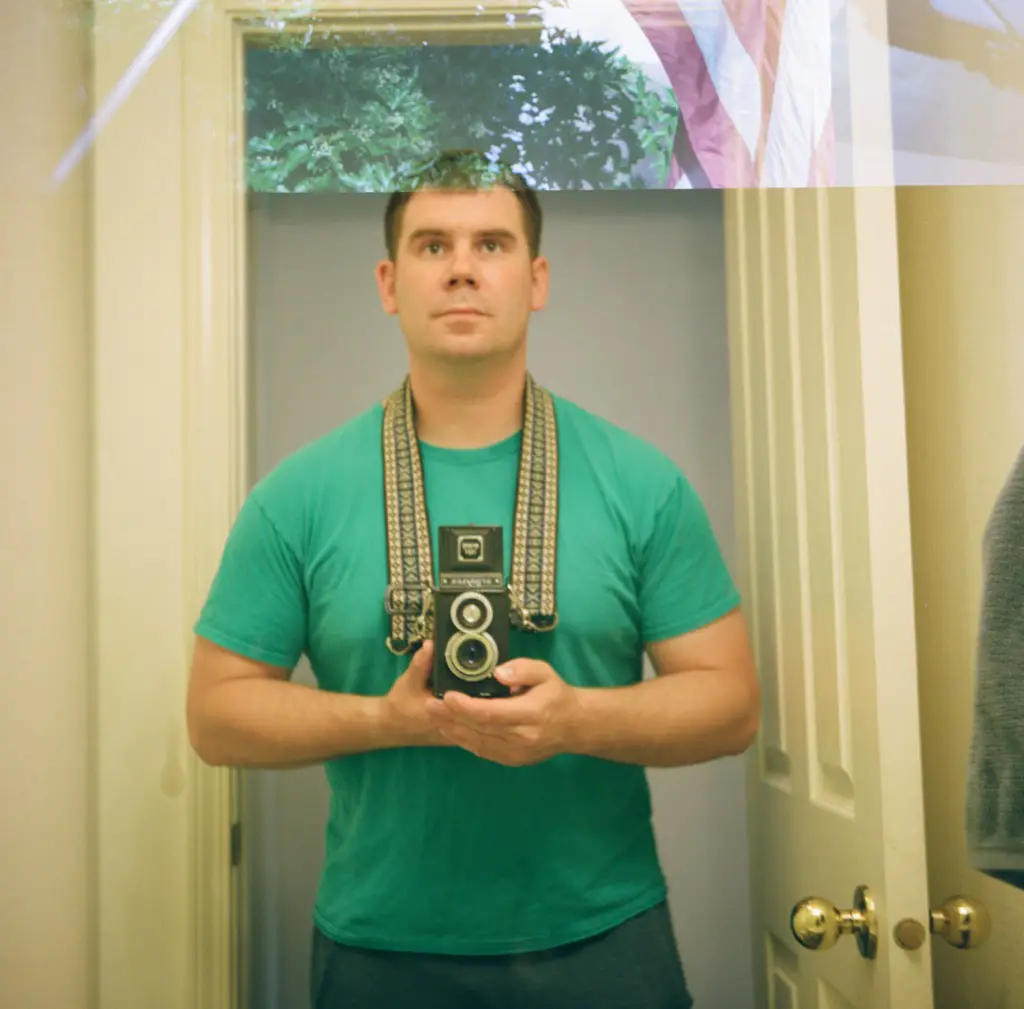
Overall I’m happy with this little light box. It’s a different skill to compose your shots on a TLR, but one that I look forward to improving. If you’re thinking about dipping your toe into medium formats and TLRs, consider starting on cheaper models first to see if it’s for you.
I’ve already got more rolls of 120 in the fridge waiting to be shot. Check out my Instagram to see them when they come out.
Thanks for reading.
—Charlie
Share this post:
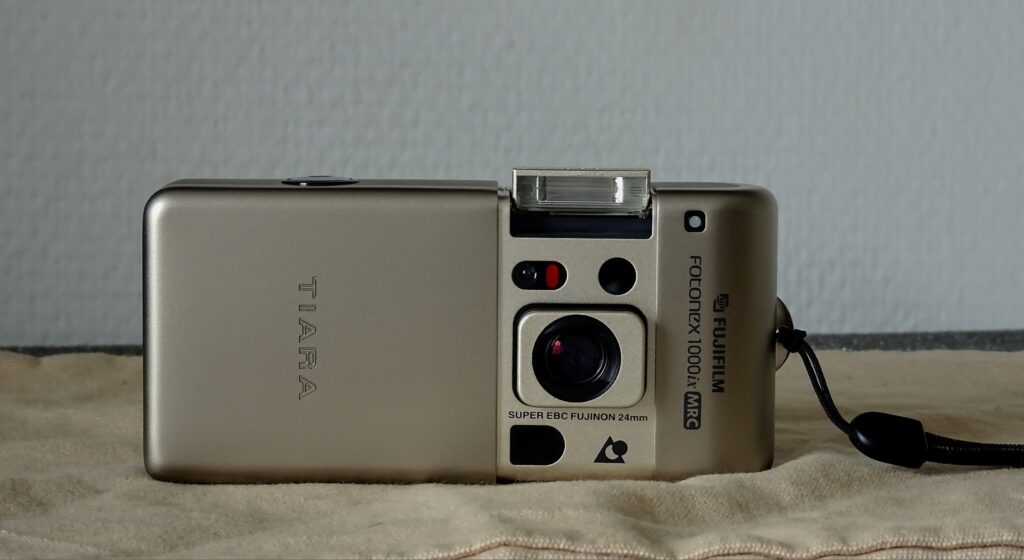

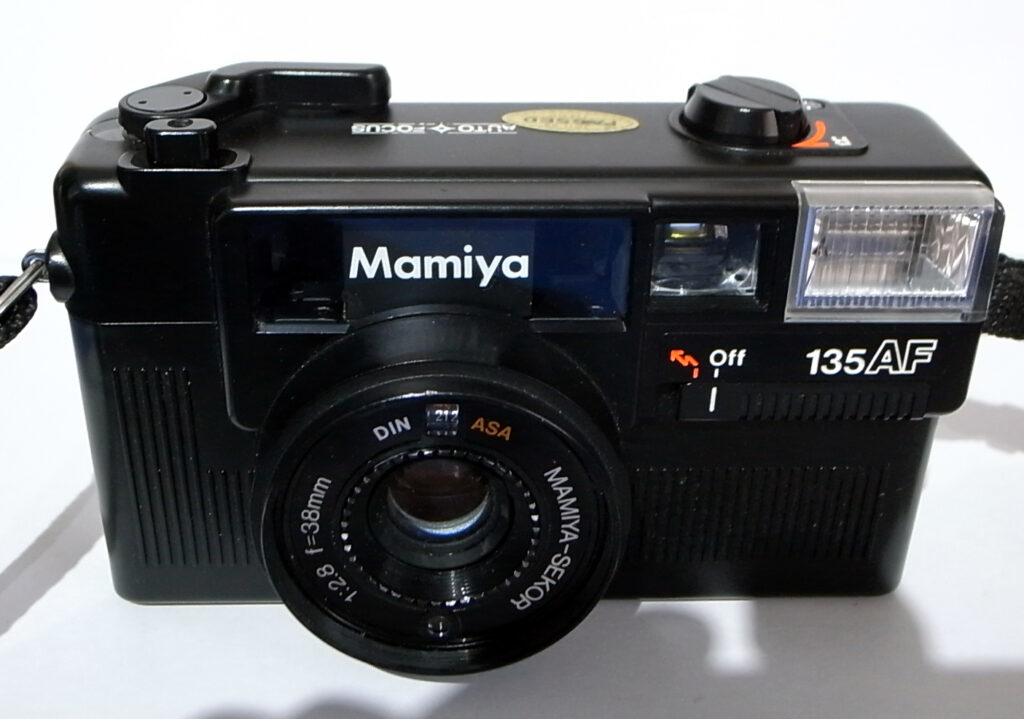
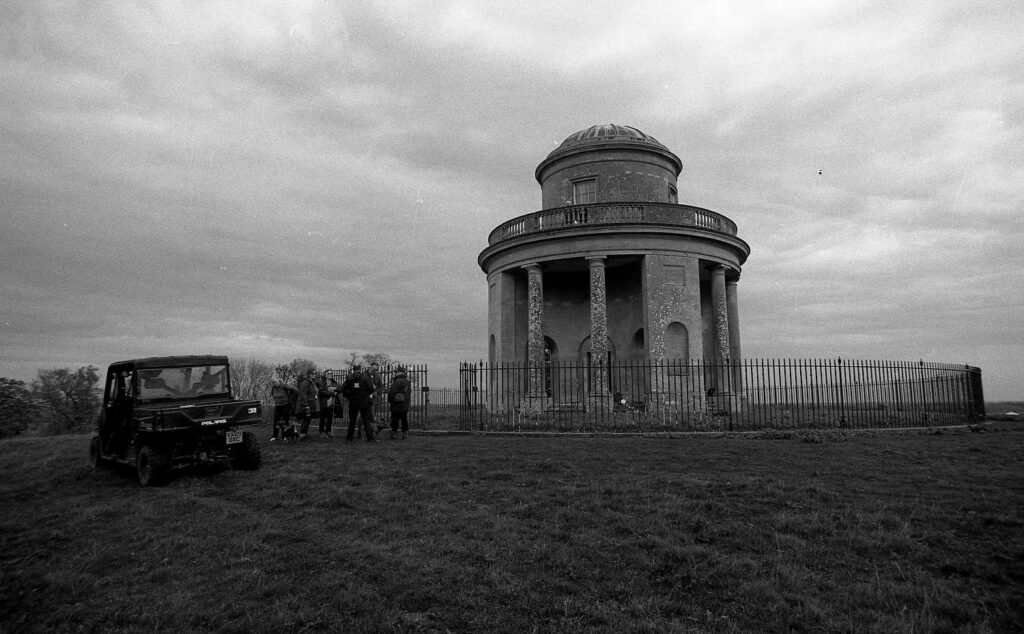




Comments
Juna on 5 Frames on an Argoflex – From Picture to Reality – By Charlie Bierwirth
Comment posted: 05/09/2021
Thank you for sharing, this not so common and sought after camera and especially thank you for keeping it alive and shooting.
Comment posted: 05/09/2021
Bob Janes on 5 Frames on an Argoflex – From Picture to Reality – By Charlie Bierwirth
Comment posted: 05/09/2021
Comment posted: 05/09/2021
JAMES LANGMESSER on 5 Frames on an Argoflex – From Picture to Reality – By Charlie Bierwirth
Comment posted: 05/09/2021
Comment posted: 05/09/2021
Argoflex: From Picture to Reality – Under The Hill on 5 Frames on an Argoflex – From Picture to Reality – By Charlie Bierwirth
Comment posted: 05/09/2021
Ben Garcia on 5 Frames on an Argoflex – From Picture to Reality – By Charlie Bierwirth
Comment posted: 09/09/2021
Comment posted: 09/09/2021